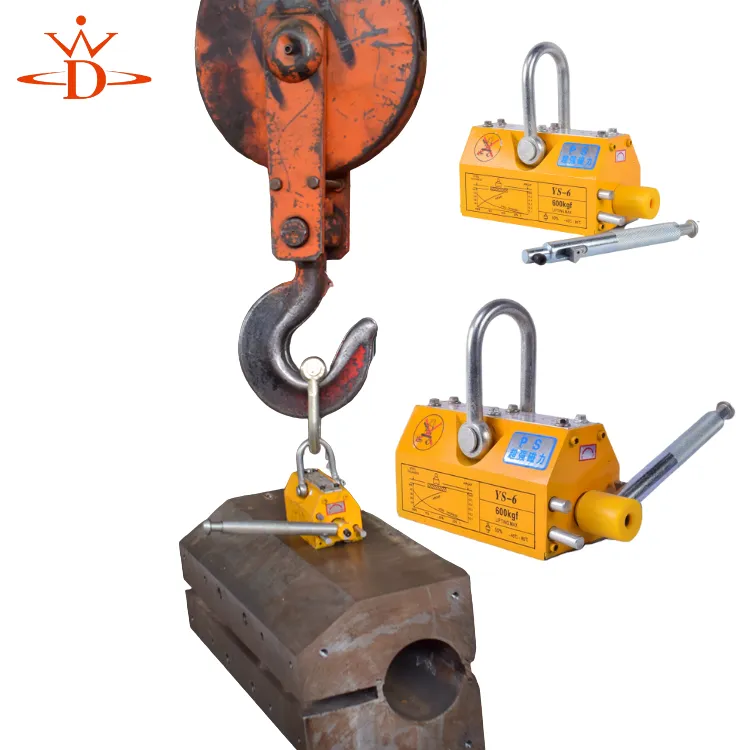types of gantry girder
Understanding the Types of Gantry Girder An Overview
Gantry girders play a crucial role in various industrial applications, particularly in the construction industry, transportation infrastructure, and warehouse operations. These structures are designed to support overhead cranes, enabling the smooth movement of heavy loads across a designated area. This article aims to delve into the types of gantry girders, highlighting their characteristics, applications, and advantages.
What is a Gantry Girder?
A gantry girder is a large horizontal beam employed to support a trolley or hoist system. It is typically supported on vertical legs that allow it to be mobile, making it exceptionally useful in environments where space is a constraint. Gantry girders can be designed in various sizes and configurations based on the specific needs of the project, the type of load to be lifted, and the environment in which they will operate.
Types of Gantry Girders
1. Single-Girder Gantry Crane The single-girder design features one main beam spanning the distance between two legs. This configuration is lightweight and cost-effective, making it well-suited for lighter loads and smaller work areas. Single-girder gantries are common in workshops and small factories where space is limited and overhead clearance is not an issue.
2. Double-Girder Gantry Crane In contrast, double-girder gantry cranes utilize two main beams which offer greater stability and support for heavier loads. The dual-girder system allows for a wider span and more significant lifting capacity, making it ideal for heavy industrial applications like steel fabrication, shipbuilding, and large-scale manufacturing. The increased overhead clearance also enables more effective material handling operations.
3. Semi-Gantry Crane A semi-gantry crane combines features from both the single and double girder systems. It consists of a single girder supported by one leg and hung from an existing structure or wall on the opposite side. This design can save space and is excellent for applications where a full gantry setup is not feasible due to physical limitations. Semi-gantries are often found in facilities where materials need to be transported over a specific area without obstructing pathways.
types of gantry girder

4. Portable Gantry Crane The portable gantry crane is designed for flexibility and ease of mobility. It consists of a lightweight, adjustable framework that can be easily assembled and disassembled. While these systems may not have the same lifting capacity as fixed gantry designs, they excel in small workshops, maintenance tasks, and locations where temporary lifting needs arise without the requirement for permanent installations.
5. Lattice Gantry Girder This type of gantry girder features a lattice structure made from crossed beams, which significantly reduces the weight of the girder while maintaining strength and stability. The lattice design is often used in applications where minimizing weight is essential, such as in certain construction environments or shipyard operations.
Advantages of Gantry Girders
Gantry girders offer numerous advantages that make them a popular choice across various industries
- Mobility Many gantry designs are portable, allowing for versatile applications in different areas. - Space-saving Their design optimizes vertical space, making them ideal for facilities with height restrictions. - Cost-effective Depending on the design, gantry girders can be less expensive than traditional overhead cranes, particularly for light to medium loads. - Customization Gantry girders can be tailored to meet specific customer requirements, including height, length, and load capacity.
Conclusion
In summary, gantry girders are essential components in material handling and lifting operations across numerous industries. Understanding the different types of gantry girders—ranging from single-girder and double-girder structures to semi-gantries and lattice designs—can help organizations select the right system for their specific needs. With their versatility and operational benefits, gantry girders continue to play a foundational role in enhancing efficiency and safety in manufacturing and construction environments.
-
PML 6 Lifting Magnet Troubleshooting GuideNewsJul.25,2025
-
Permanent Magnetic Lifter Market TrendsNewsJul.25,2025
-
Machinery Mover Applications in IndustryNewsJul.25,2025
-
Heavy-Duty Machine Moving Dollies DesignNewsJul.25,2025
-
Unlock Seamless Relocation with Our Heavy Equipment Moving ExpertiseNewsJun.06,2025
-
Unleash Unrivaled Flexibility with Our Adjustable Gantry CraneNewsJun.06,2025
-
Unleash Heavy-Duty Efficiency with Our Industrial Gantry Crane SolutionsNewsJun.06,2025
